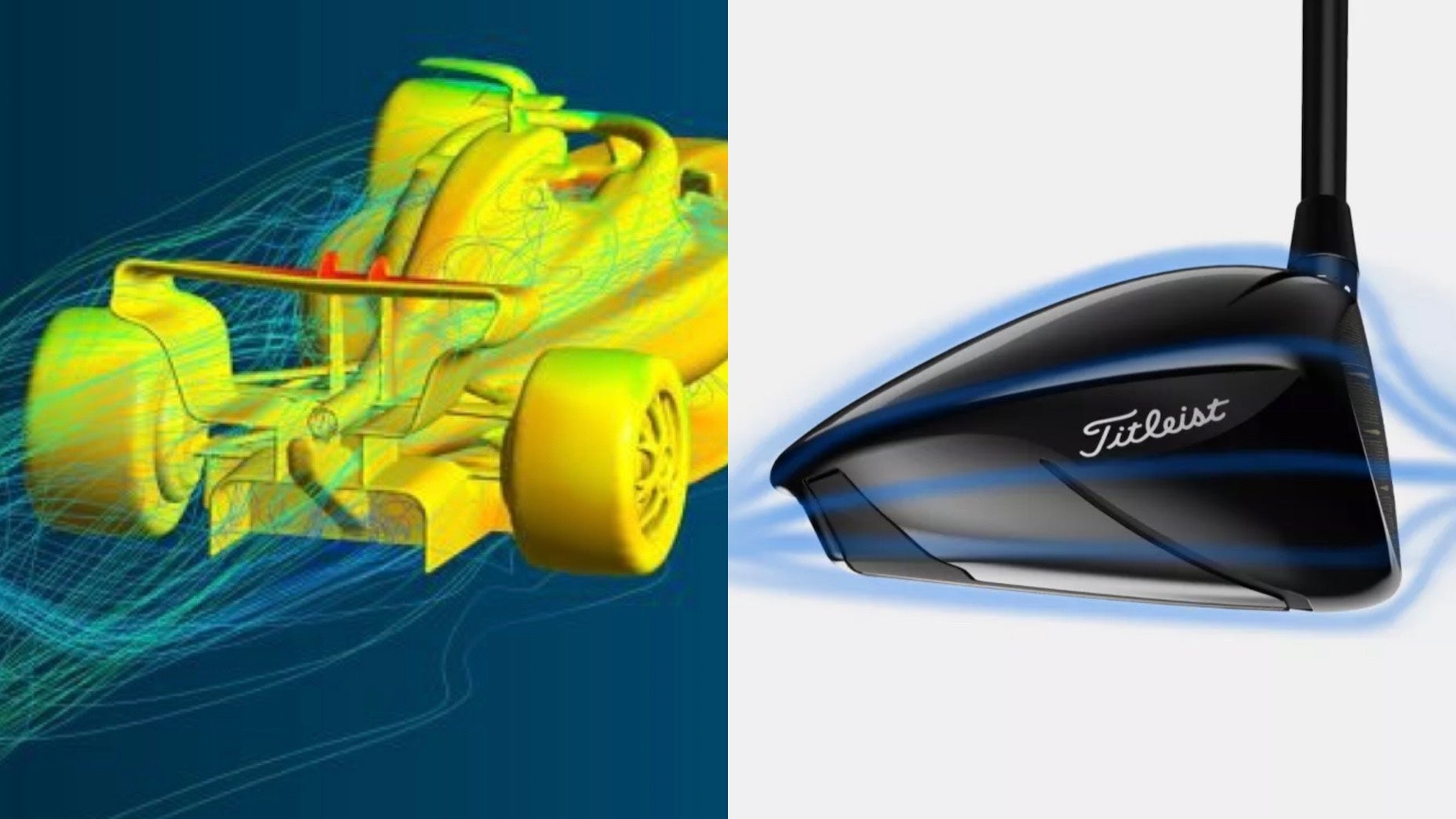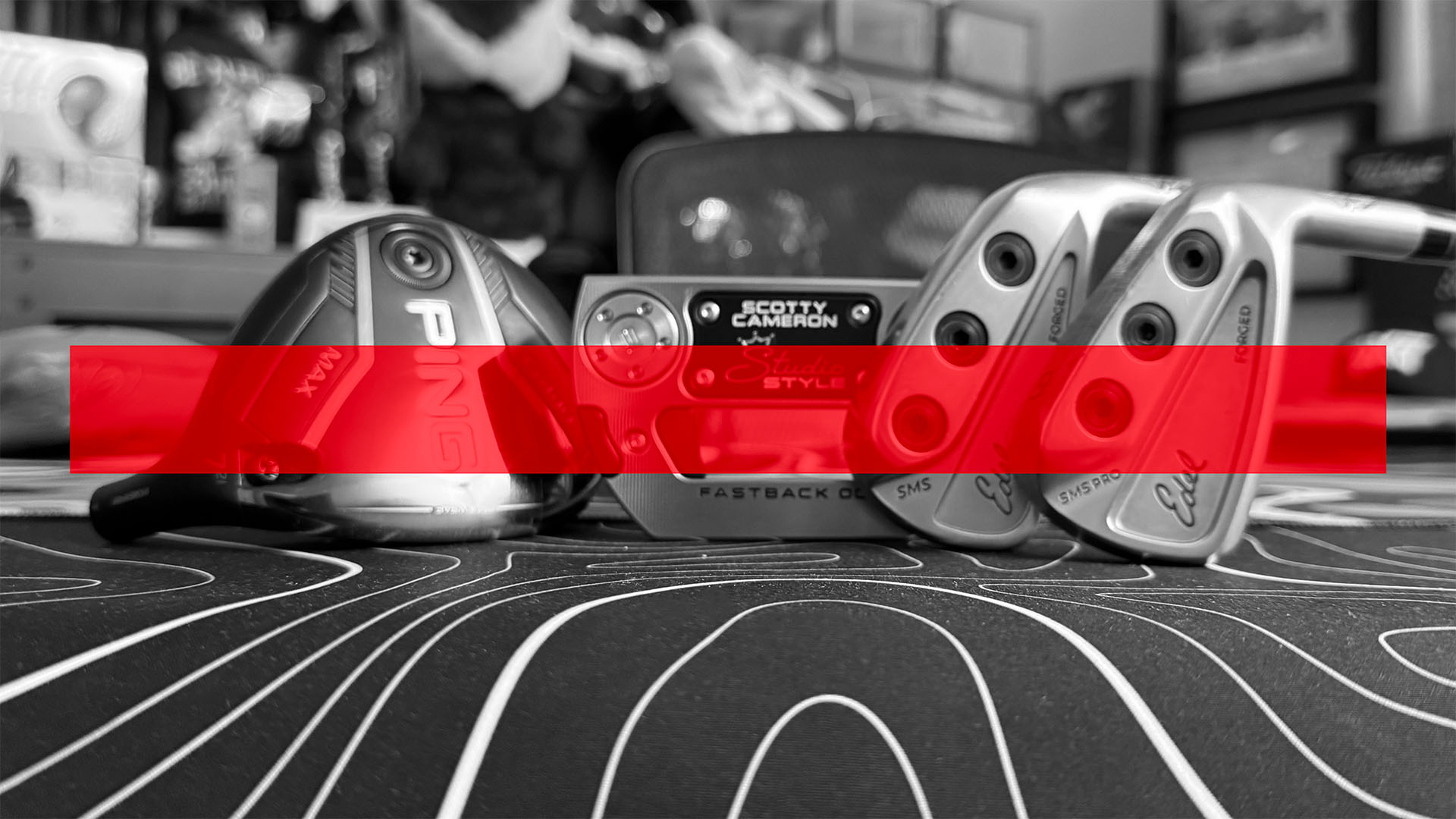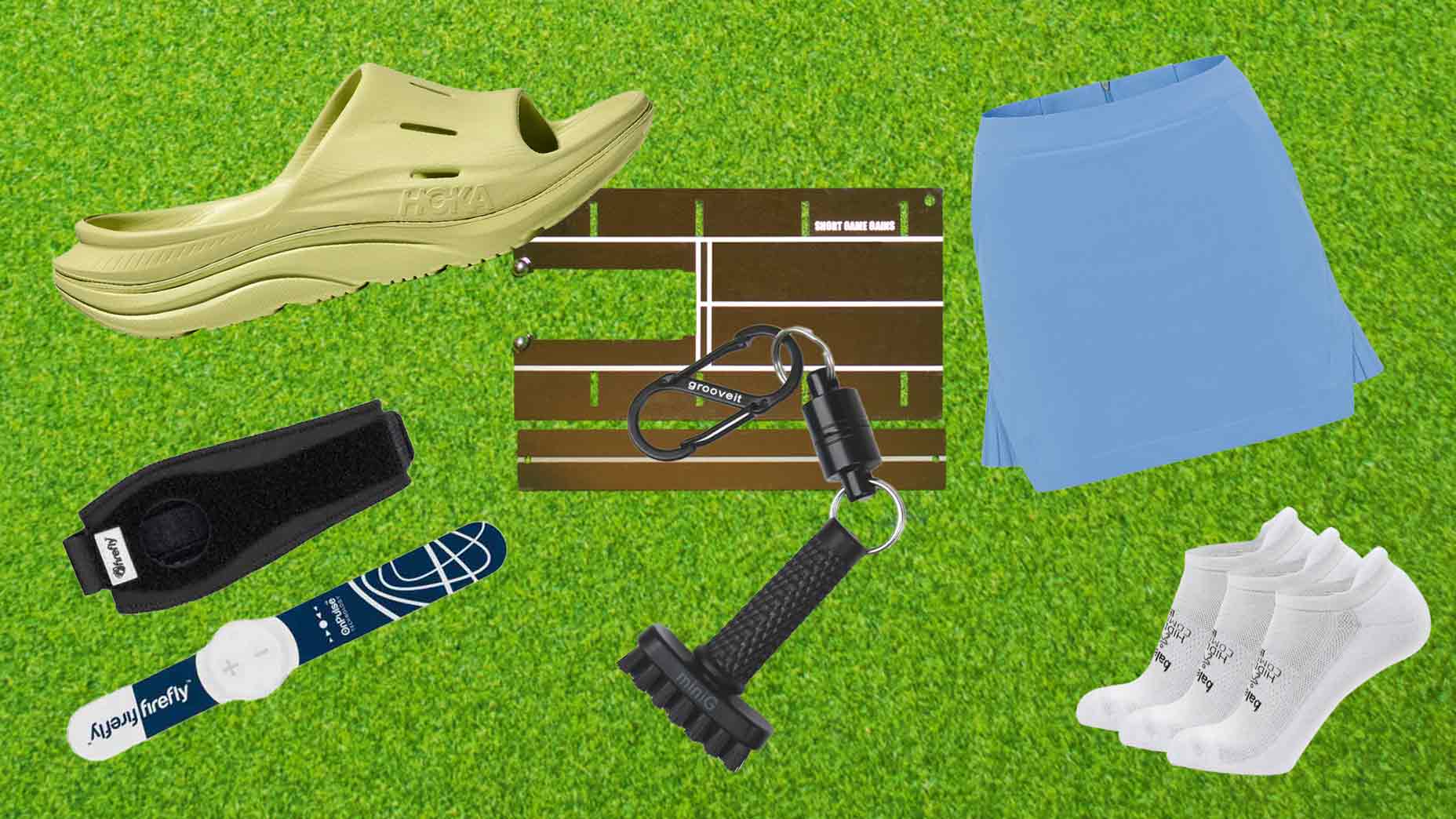It won’t be long until Netflix gifts golf fans a yet-to-be-named Formula 1 “Drive to Survive”-style documentary series giving us an inside look at the 2021-22 PGA Tour season that was.
Even though there is a stark contrast between Formula 1 drivers zooming 200 mph and golfers taking 5 hours to play a round, the science and engineering behind the equipment both sports use is more similar than you might think.
For starters, both sports adhere to strict rules set forth by governing bodies. In Formula 1’s case, that is FIA (Fédération Internationale de l’Automobile); in golf, rules-making duties are shared by the USGA (United States Golf Association) and R&A (Royal & Ancient).

The biggest contrast between the two sports’ regulations is that golf’s rules are universal (i.e., they apply to any competition regardless of skill level in any professional or amateur event), while F1 rules apply only to that specific league. F1 regulations are also constantly shifting based on technology while golf’s base rules have been around for longer than automobiles have existed.
These regulations force engineers to look for any possible advantage written within the rules to create a legal advantage versus other teams. In the case of golf, each manufacturer has its own philosophy when it comes to designing equipment geared toward their stable of players just as some F1 cars are tuned to driving styles.

One of the best comparisons from golf to F1 is how some teams prioritize straight-line speed vs. cornering, in the same way some golf OEMs put a priority on forgiveness vs. trying to create extra workability. Engineers in both sports have to strike the perfect balance of which attributes they believe are going to offer the most competitive edge. The advantage golf club engineers have is they can segment their designs to fit various demographics of golfers; Formula 1 engineers, meanwhile, can design only one car.
The hyper-competitive nature of golf and Formula 1 has engineers and designers keeping ideas close to their vests and constantly pushing the limits to find performance within the rules. In both sports, engineers will go as far as looking beyond the wording of regulations to find different interpretations of how the rules are written. In golf, this process is cut and dry — a piece of equipment is either conforming or non-conforming, but that doesn’t mean engineers won’t get a little weird.
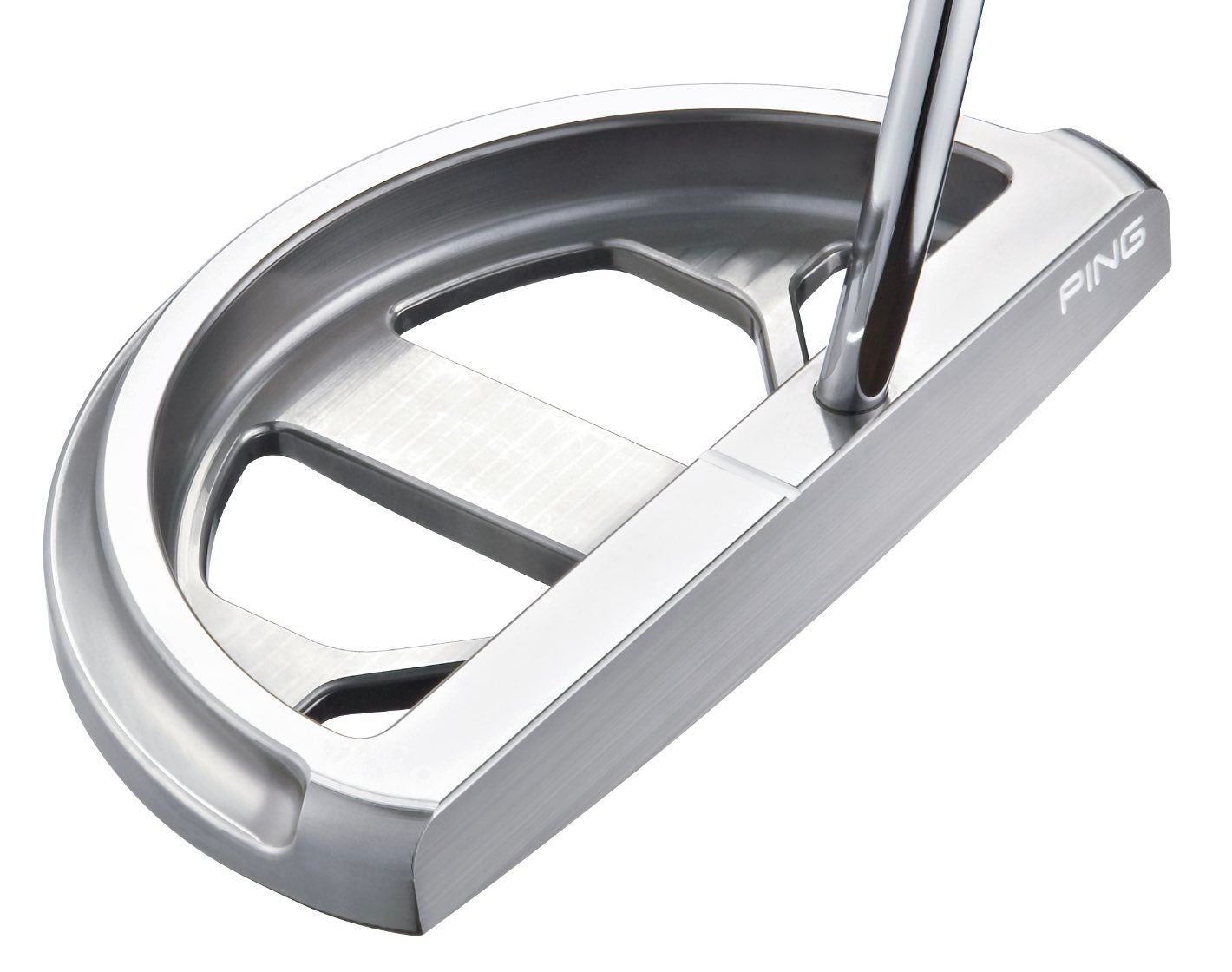
The Ping Doc17 to this day is one of the wildest examples of a putter that pushed the rules to the absolute limit. The “17” in Doc17 represents the length of the face from heel to toe in centimeters. The USGA limit is set at 17.78 cm, but Doc17 sounds way better than Doc17.78.
Formula 1 engineers get a little more outside of the box. An example of this is how Aston Martin redesigned their rear wing based on the radii set within the regulations.
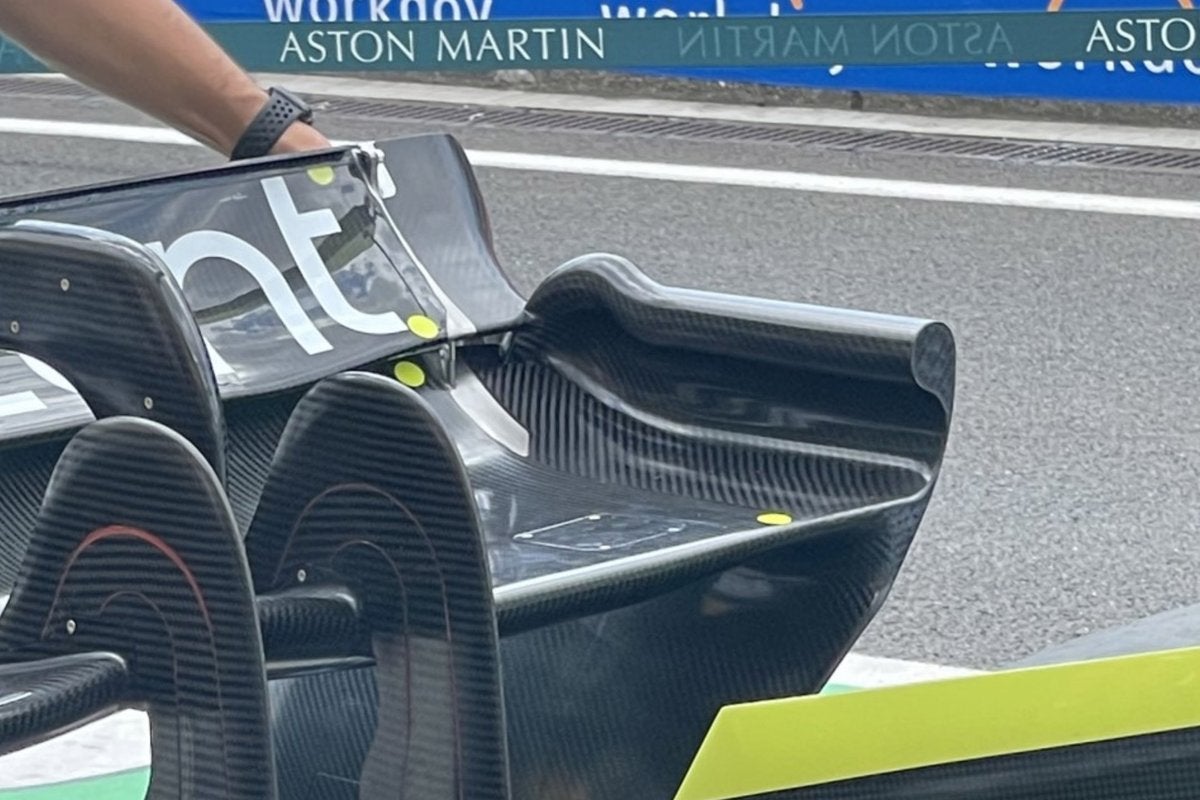
There is a whole bunch of stuff going on here but, in the simplest terms, by continuing the radius of the side wing to create a round rail, Aston Martin kept the top of the side wing whole compared to others that have a small channel that flows down to connect to the car.

Just like how every improved mishit helps keep a golf ball online, every partial second gained per lap in a 190-mile F1 race adds up and can be the difference between being in the points (the top 10 in F1) and going home with nothing.
Lastly, just as golfers tune their equipment to different course styles and ground conditions, F1 races are conducted all over the world, meaning tweaks need to be made to the car the same way golfers need to adjust club selection at altitude.
The recent Mexico Grand Prix, held in Mexico City, was well above sea level, and the less dense air had cars traveling faster for the same reason a golf ball travels farther — less air resistance equals more output for the same input.
Now, if we could only get PGA Tour players to finish a round in the same time it takes an F1 driver to complete 190 miles, we might find a way to pick up the pace of play.
Want to overhaul your bag for 2022? Find a fitting location near you at GOLF’s affiliate company True Spec Golf. For more on the latest gear news and information, check out our latest Fully Equipped podcast below.
